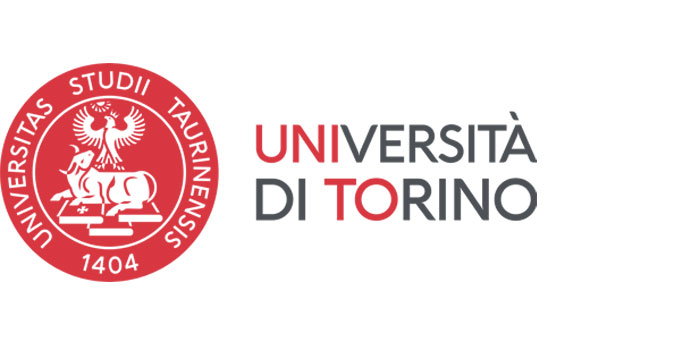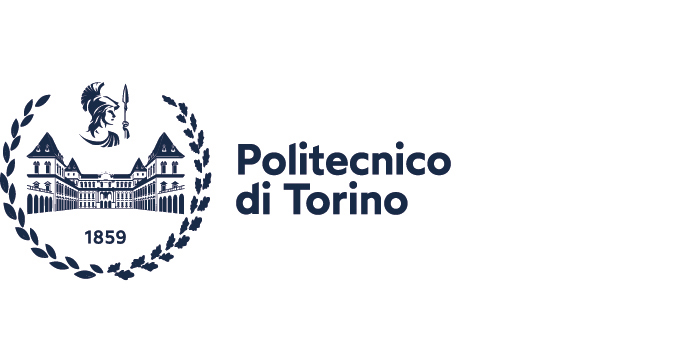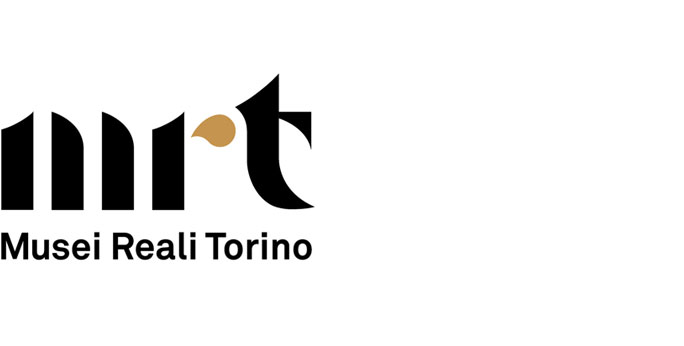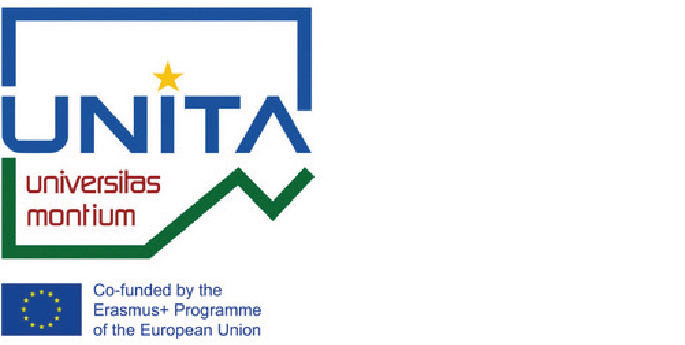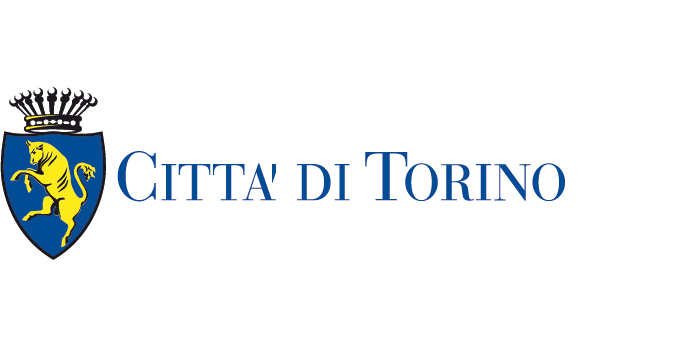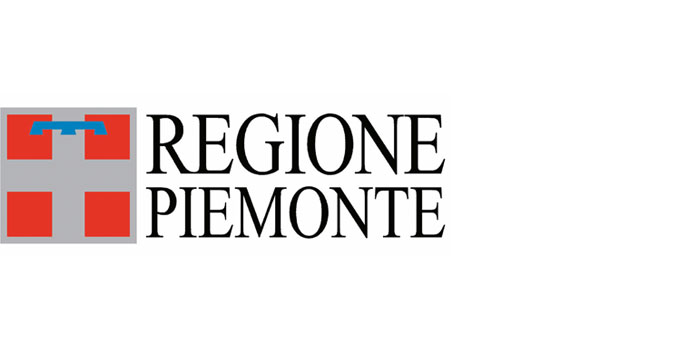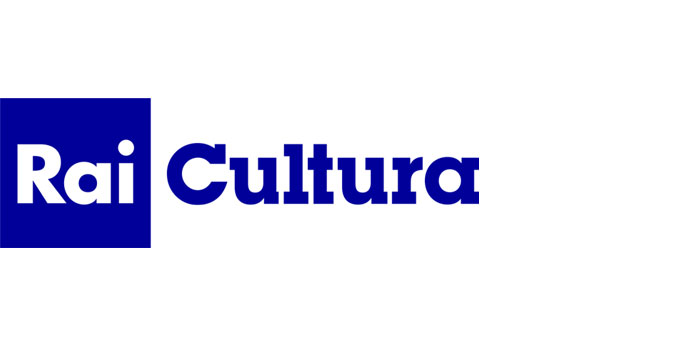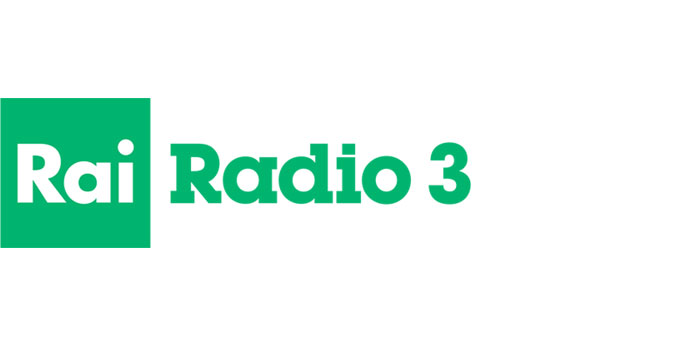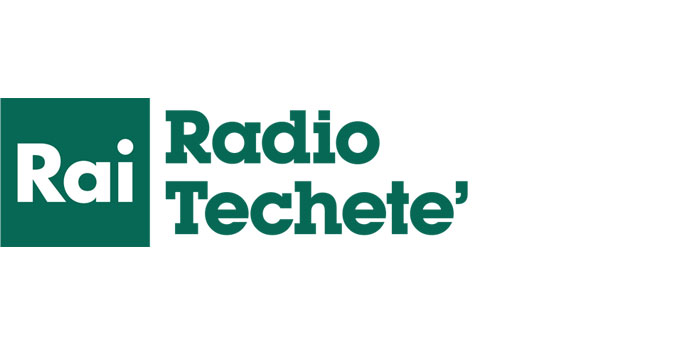Covilhã: UNIGHT @school
Schools will host the following list of activities proposed by the researchers of the Universidade Beira Interior (UBI), which could be further developed or complemented with the program of visits to UBI.
For more information, please contact Filipa Calado (e-mail: filipa.calado@ubi.pt | tel: +351 275 319 019).
Primary and Secondary School
This workshop explains the artisanal process of transforming wool into fabric.
– Primary School
In this workshop, using the soap and water technique, participants will produce a felt, observing the directional effect of friction between fibers.
— Primary and Secondary School
A scientist visits schools to promote the day-to-day life of a neuroscientist among the school community, answering questions and doubts that students may have. The objective is to demystify that being a scientist is something rare and out of the ordinary.
— Primary and Secondary School
Primary, Secondary and High School
The project aims to train the participants in terms of programming fundamentals. Particular emphasis will be given to the concept of programming and how it is empirically carried out in our day-to-day lives. The classroom
methodology includes gamification principles (assignment of badges, different levels of difficulty, ...), using Lego construction. In addition, the development of soft-skills will be promoted through the dynamics of group activities that promote teamwork, focus on problem solving and strategy. A perspective of the software development life cycle and respective activities complementary to programming will also be given.
— Primary, Secondary and High School
Experimental activity aimed at the target audience that can be diversified or thematic (for example, experiments on water, air, colours, molecular gastronomy...).
Depending on the type of activities, most of the time you may need a place with water and an electrical outlet.
— Primary, Secondary and High School
Practical hands-on activity – Heart – ECG – DNA – Brain
— Primary, Secondary and High School
Misinformation is a problem on a global scale, sometimes with serious consequences (e.g. the health-related rumors and lies that circulated during the Covid-19 pandemic). Without meaning to, we can all be spreaders of misinformation. Whether through a post we publish on social media, a message we send on our cell phone or when we comment on rumors or rumors that we heard from someone and that we decided to share with our friends and family. But we can also fight misinformation! As? If we are empowered, trained, we can become disinformation detectives and special agents in the fight against it. And you, which side do you want to be on?
— Primary, Secondary and High School
Secondary and High School
Students will have the opportunity to know their strength values of lower limbs, upper limbs, speed by trying top scientific equipment that are used in high-
performance athletes.
Activity Dynamics: Different stations will be made (Optojump; Radar; Photoelectric Cells) where each student will be able to perform the test to measure their strength and speed values and with their results they will be able to compare with results of experienced athletes of high competition.
— Secondary and High School
In the first block, 10 minutes there would be a “Quiz” entitled “Who wants to be environmentally responsible?" with the main objective of perceiving the sensitivity that the students have (without contextualization) for the origin of their consumption (specifically in terms of textiles and food). The next block will last 20 minutes, where a brief contextualization of the initiatives will be made. International organizations that aim at climate action and exposure of the aforementioned problem of industries transfer. Finally, the last block of 10 minutes would be dedicated to a “Quiz”/presentation called “What is my role in the environment?”. This last block intends to make students aware of the active role they can play in climate action, through a behaviour change.
— Secondary and High School
The UBI Optics Center, through its Optics Dissemination Office (GabDivO), will promote activities related to the perception of light and color. Color vision tests, laboratory experiments and games within the scope of visual perception will be carried out. Experiences to choose from the following:
- color mixes
- color vision
- lenses and mirrors
- hologram
- 3D vision
- eye model
- projection about visual illusions
— Secondary and High School
Exhibition/Lecture with an experimental component. If possible, show students how the fiber is treated for spinning and application on textile surfaces.
— Secondary and High School
Sometimes we find situations related to Mathematics in films or television series, whether in a documentary, a biographical film, science fiction or a novel, but also – and even somewhat surprisingly – in comic, suspenseful films (or television series), horror and even episodes of animated series. In this session we will see how Mathematics inspires and manifests itself in some cinematographic or television works. In short, let's use cinema as an excuse to talk about Mathematics.
— Secondary and High School
Lecture
— Secondary and High School
High School
Lecture with a brief description of the most recent evolution in Multimedia technologies and the notion of Quality of Experience.
— High School
The objective of this project is to produce in the laboratory new food packaging materials that are completely biodegradable from biopolymers (polysaccharides and proteins). These new materials will also be functionalized through the incorporation of essential oils that give them antioxidant activity, which will help in the preservation of packaged foods. The produced materials will be characterized with regard to their optical, mechanical, barrier and antioxidant properties.
— High School
Lecture with experimental demonstration/Application of Le Chatelier's principle in the oxidation/reduction process on the surface of a copper electrode and in the interpretation of the concept of electrode potential.
— High School
It is intended to carry out small projects that encompass the design of the part with a view to production by additive manufacturing, process selection, material selection and printing settings, production and post-processing.
— High School
Workshop to introduce the use of autonomous mobile robotics, presenting the various functional subsystems that make up a robot in an individualized and integrated way; It is intended to carry out small projects that include presentation of the process to be automated, selection of equipment (sensors, actuators, etc.) to be implemented, choice of the mobile platform to be used, definition of inputs and outputs, preparation of the program, testing and installation in service.
— High School
The electrical conductivity of an electrolyte solution depends on the concentration and nature of the various ionic species present in the solution as well as the speed with which these ions move. It is for this reason that a 1M HCl solution has a much higher conductivity than a 1M NaCl solution (H+ moves through an aqueous solution about seven times faster than Na+). To measure the electrical conductivity of a solution, two inert metal electrodes, such as platinum, of the same size and shape, are placed opposite each other. Under these conditions, between the two electrodes there will be a column of liquid and the electrical resistance will only depend on the dimensions of the column, the nature of the solution and the temperature.
— High School
The image, the sound, the movement and the touch as conductive elements of the interactivity. Exploration by students of interactive devices and situations and manipulation of artistic content in real time.
— High School
Interactive classes
- Session 1 - European history and values
- Session 2 - European Identity and Culture
- Session 3 - Living and studying in a European country (Erasmus students)
- Session 4 - Migration and Borders of the European Union
- Session 5 - Common Foreign Security Policy (High School)
Youth Parliament - a contribution to the study of political participation of young people in Portugal: Lecture in the classroom for secondary school students on the results of scientific research, with slides and answering questions about this program in Portugal and around the world.
"Our world is digital”. It is "information society", it is "artificial intelligence and robotics", it is "5g and the internet of things", it is "virtual worlds and metaverses", it's "there's an app for everything", it's "The Algorithm", etc. We are inundated with these terms and are likely to be very confused. But there is no reason for that! Information technology is not black magic and the software that surrounds us is a (still) human construction. Software can be programmed and programming is an activity that deserves a full explanation, not least because we've been practicing it since mankind knew how to write and count! It is therefore important to understand and demystify the "software", the "algorithm" to better understand and master the mutations of our society and to be an informed and active actor.
"The activity is part of the typology of a lecture and a quiz game. The objective of the activity focuses on presenting the context of climate change around the globe, the concept of green finance (green finance) and how countries Developed countries help developing countries to combat climate change and adapt to the effects already felt. With developing countries having less resources to combat climate change, green finance is the main tool at the center of the global discussion on combating climate change, as for example at COP27. The activity consists of disseminating the scientific research carried out.
The activity consists of identifying and exploring the different anatomical structures of the eye through the dissection of animal eyes. Considering that this is an experimental activity, it is necessary to use some laboratory material, namely trays, scalpels, gloves and disposable gowns. The activity should preferably take place in laboratory facilities.
— High Schools
Activities at UBI (visiting program)
These visiting activities will be organized directly by schools and the UBI researchers responsible for each activity.
The brain is the most sophisticated organ of the central nervous system, and it is responsible for controlling our entire body. It is both complex and mysterious, arousing infinite curiosity. Its complexity intrigues science, which in a continuous mission does everything to better understand how it works and even more how it stops working. Come visit CICS-UBI and understand how its scientists study the brain and then understand how they can solve neurological diseases that affect our society. We will introduce you to the neuroscience laboratory, show you anatomical slices of brains from different animal species, as well as cells from the central nervous system. You will have the opportunity to meet our neuroscientists. Come with us to discover the “last frontier” of your body."
This project seeks to raise awareness and develop new bioderived materials that can be applied in the development of fashion products. Additionally, it also seeks to encourage the acquisition of skills in terms of biotechnology for the development of materials and bioproducts for sustainable fashion. The sessions will be laboratory experimentation classes, with texts to support the activities, and will take place in the Textile Chemistry and Biotechnology laboratory.
Recycling/Upcycling and Reconstruction of Used Clothing, a positive attitude to save the planet.
It is a laboratory activity to be carried out in one of the laboratories of the Faculty of Health Sciences. There will be a brief explanation of the discovery of blood groups, the evolution of blood typing and how this information is useful in the clinic. Students will carry out the determination of ABO and Rh blood groups in human blood samples.
For more information, please contact Filipa Calado (e-mail: filipa.calado@ubi.pt | tel: +351 275 319 019).
Partners


